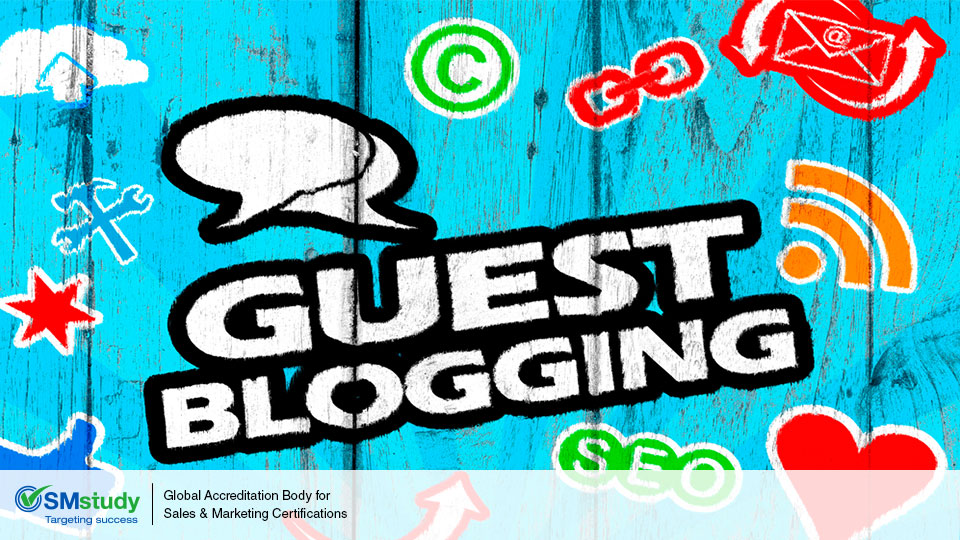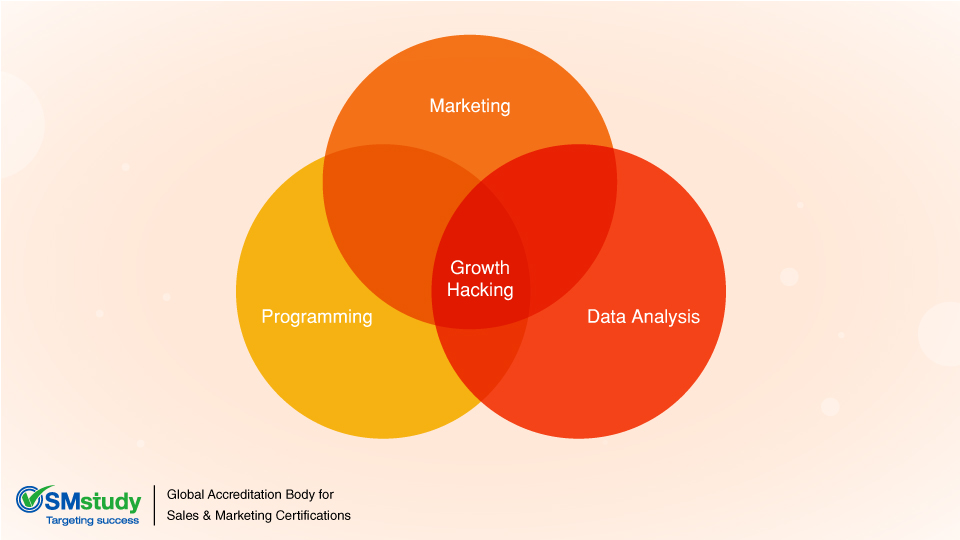On Facebook Pages or threads there are three kinds of traffic. One is organic traffic, second is inorganic traffic, and third is viral traffic. The quality and genre of content play a major role in creating traffic. Facebook encourages content creators to develop quality content that can drive high traffic to their pages. However the Facebook algorithm restricts the view of content to a certain set of people.
Inorganic traffic is traffic that is generated through paid promotion. Facebook Adverts highlight your content to a targeted audience of your choosing. The targeted audience are those who are likely to react to your post and in turn likely to generate sales for you. Facebook adverts are a relatively cost effective way to boost your reach. But Facebook boosting should be done in a smart way where the marketer should precisely define the target audience. The flip side is that you will end up spending for an audience that doesn’t connect to your product or service. The “reach” that you will see will be the number of views that your post received after Facebook promoted the post on your target audiences’ timeline.
Organic traffic is generated when Facebook decides to show your content on your audience’s timeline. The algorithm of Facebook is such that say if you have 30,000 followers then not all 30,000 will be shown the content on their timelines but only a fraction of the original number can see the post. Organic traffic also includes instances when people search for the page and check the post. Organic traffic is customized for each user by Facebook and depends on content that you have viewed in the past. The Facebook algorithm works in such a way that the organic traffic that you receive is based on your previous clicks and activities on Facebook.
Viral, however, is a term that is used when the post appears on a user’s timeline because a friend or a page other than the source page has shared the content. When content is shared, based on the quality of content, it may be shared by users and the reach can improve significantly. This sort of content in popular terms is known as viral content. So content that is displayed on your newsfeed is generally organic but if it comes to your timeline because it was shared multiple times by others then it can be termed as viral content.
What does this mean for your business? It has been observed that posts that are shared more reach more people. Such posts not only bring lot of new visitors to your page and website but also convert into sales. So marketers should focus on creating quality content that would be shared, so as to optimize for reach, and in the long term conversions as well.
For more interesting articles log on to www.smstudy.com/articles





.jpg)

.jpg)



